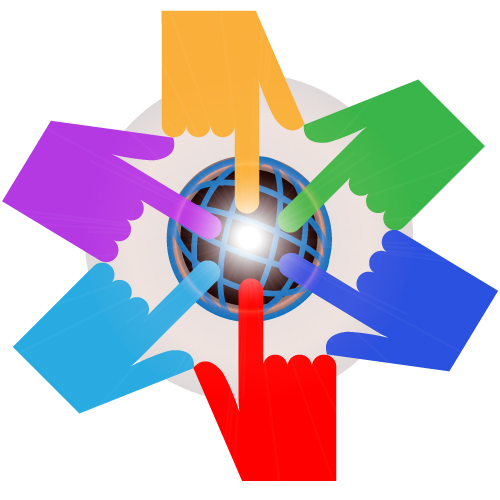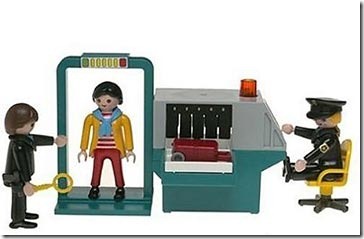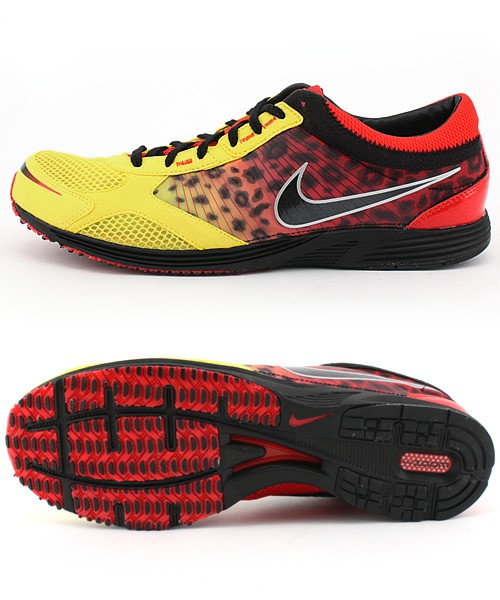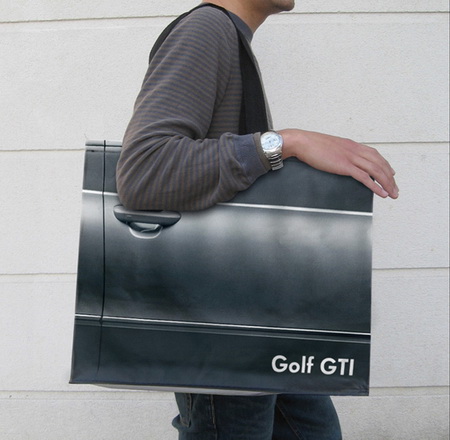“I want one!”—a reaction every designer wants! A good product design doesn’t only address the functional needs of its audience and the business needs of its developers. A good product goes father—it facilitates fun, it generates flow, it produces a visceral reaction even from people who are simply watching a demo video…
Tag Archive for emotional design
Conceptual Design, Cultural Differences, Pipsqueak Articles, Product Design Strategy
ICT & Human Rights: A Round Table Discussion at IADIS 2011 Conference
by Olga Werby •

IADIS conference on ICT, Society and Human Beings, Rome, July 24-26, 2011 Proposal for a Joint Multi-conference Session Title: ICT and Human Rights: A Round Table Chair/Organizer: Olga Werby Background and Purpose Information and Communication Technologies (ICT)—internet, web, and social media—are fast becoming a comprehensive repository and soon an archive of human knowledge. With access to ICT, an individual can become informed on everything from healthcare issues to civic problems to legal concerns. One hundred years ago, people were discussing the need for basic literacy and its impact on the human condition. Today, we should be discussing digital literacy and access in the same way. Digital literacy can be seen as a basic human right. Individuals can also impact society, react, and reach out. ICT is both a powerful tool for materializing human rights and is also challenging human rights. I propose a Round Table Session, which is open to all participants of IADIS multi-conferences, to be titled “ICT and Human Rights.” This session would provide a forum on cross-disciplinary research and development, and action, in the fields of what rights are important and can be better facilitated by ICT in: e-Democracy, ICT and Society, e-Culture, e-Health, e-Learning, human-computer interaction,…
Anchoring Errors, Causal Net Problems, Cognitive Blindness, Conceptual Design, Cultural Bias, Cultural Differences, Errors, Group Decision Errors, Mental Model Traps, Mirroring Errors, Misapplication of Problem Solving Strategies, Pipsqueak Articles, Product Design Strategy, Scaffolding
TSA: the Good, the Bad, and the Ugly
by Olga Werby •

There has been a lot of stories lately about the Transportation Security Administration (TSA), and most have been less than flattering (to say the least). How can an agency that was designed to “serve and protect” the citizens of the United States from harm evoke such wrath from ordinarily shy and non-vocal travelers? This blog is about product design, and so my analysis of the situation will treat this as a failure of product design. Where are the failures? Mistake #1 TSA Conceptual Design: Blocking There are bad guys out there that want to do us—citizen travelers from US—harm. There are the box-cutter carrying terrorists, the shoe-bombers, the liquid explosives bandits, the underwear-bombers, the printer cartridge explosives engineers. TSA installed airport security measures that would counteract each of these threats as they revealed themselves. The basic conceptual design strategy here is blocking: identify a threat and find an effective block. This is a strategy based on hindsight: if we knew that people could sneak bombs in their underwear, then we would have had a way to block it. We didn’t know, but now we do, and so we created systems to block this threat in the future. TSA Game Plan: Escalating…
Background Knowledge, Background Knowledge Errors, Causal Net Problems, Diagnostic Errors, Group Decision Errors, Mental Model Traps, Pipsqueak Articles, Product Design Strategy
e-Waste & Product Design
by Olga Werby •
I just came across a very interesting video by Annie Leonard. She’s been making little, approachable documentaries that explain difficult to understand issues—e-waste being one of those. Here’s her latest: The Story of Stuff. This is the story about how stuff gets designed, made, distributed, and then trashed. The Story of Bottled Water. This is the story about drinking water and the marketing of bottled water.
Conceptual Design, Cultural Bias, Cultural Differences, Ethnographic & User Data, Flow, Personality, Pipsqueak Articles, Product Design Strategy, Users
Branding & Emotional Design: The Culture of Sneakers
by Olga Werby •

How do we spend our money? Well, the first cut goes to survival: essential goods and services that are absolutely necessary to our survival. Food, housing, medical care are all part of the basic necessities of life. Some, of course, are more necessary than others (we might postpone going to a dentist…but not for long), but there’s a core of stuff that we need to live. The next tier up from survival is comfort. This is a very large tier—what’s comfort to some is a necessity to others and visa versa. People use their income to increase their general comfort level. This might mean a large house, more comfortable beds, larger selection of clothing. But generally, when we talk of comfort, we don’t include jet setting to Paris for a nice date out on the town. Comfort is about everyday life needs, but more comfortable. The top tier of our income is the disposable income and it is spent on luxury—the money we have left over from dealing with our needs and comforts; the money we can chose to spend in an extravagant and even wasteful manner. When economists make predictions about the average size of the available disposable income,…
Ethnographic & User Data, Featured, Interface Design, Pipsqueak Articles, Product Design Strategy
Emotional Design
by Olga Werby •

Product design is not just about usability. How we feel about a product makes a lot of difference. The research shows that two identical applications—with similar failure rate, but with a different take on dialogue box writing—result in very different perceptions of usability by its audience. The application with polite dialogue text always wins. Emotional design deals with how we feel about the product. Interfaces design is all about the look and feel and is responsible for a large portion of generated user emotions. Here are some examples of bag designs. If you want to encourage recycling, this is a great way of making these bags valuable—the users won’t throw them out after one use. Enjoy!
